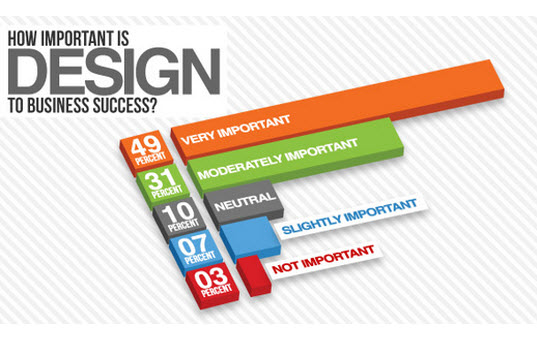Internet Site Design Essentials: Tips For Structure A User-Friendly Site
Internet Site Design Essentials: Tips For Structure A User-Friendly Site
Blog Article
Write-Up Developed By-Hall Devine
When it pertains to internet site layout, guaranteeing user-friendliness is crucial. From responsive layout to structured navigating, every aspect plays a critical duty in developing a website that satisfies your target market's requirements. But what concerning website page layout that can make or damage a user's browsing experience? Keep tuned as we discover some often-overlooked tips that can elevate your web site's functionality to the next level, making it really stick out in the digital landscape.
Relevance of Responsive Layout
Responsive design is a vital element of modern internet site development. Guaranteeing your site is receptive means that it can adjust to various display dimensions and tools, giving a seamless experience for users.
With the increasing use smartphones and tablet computers to access the net, having a responsive layout is vital for getting to a wider audience. It helps in boosting customer experience by making your web site simple to browse and read on any type of tool.
In addition, responsive style can positively affect your internet search engine positions, as search engines like Google focus on mobile-friendly sites. By having a responsive style, you're also future-proofing your site, as brand-new devices with differing screen dimensions remain to emerge.
Simplify Navigating Structure
To improve customer experience and promote very easy access to info on your website, simplifying the navigating framework is vital. When making your website, focus on developing a clear and user-friendly navigating food selection that aids visitors discover what they're searching for swiftly.
Limitation the variety of food selection products to the fundamentals, grouping related pages together to stay clear of frustrating individuals. Usage descriptive tags that plainly suggest the web content of each web page, making it simpler for users to understand where each web link will take them.
Take into consideration implementing dropdown food selections for subcategories to avoid cluttering the primary navigating bar. Additionally, consist of a search bar prominently on the page for individuals who like looking for particular details.
Prioritize mobile responsiveness in your navigation design to make certain simple accessibility on all gadgets.
Enhance Page Lots Rate
Improving page load speed is important for maintaining visitors on your site. Slow-loading pages annoy customers and can result in high bounce prices. To optimize web page tons rate, begin by optimizing photos. Compress photos without endangering high quality to lower their file dimensions.
Additionally, allow web browser caching to save frequently accessed sources in your area, quickening load times for returning visitors. Minify CSS, JavaScript, and HTML documents by eliminating unnecessary characters, comments, and formatting, boosting tons speed.
Think about making use of a web content shipment network (CDN) to distribute your web site's material across multiple web servers worldwide, decreasing latency for users accessing your site from various areas. Finally, restrict using please click the up coming website page -party manuscripts and plugins, as they can dramatically impact tons times.
Conclusion
To conclude, by incorporating responsive style, simplifying navigation, and enhancing page tons rate, you can produce an easy to use site that interest a larger audience and boosts user experience. These essential elements guarantee that site visitors can conveniently accessibility and browse your website across different devices, resulting in increased interaction and satisfaction. By focusing on these vital facets, you can develop an effective web site that keeps individuals coming back for more.
